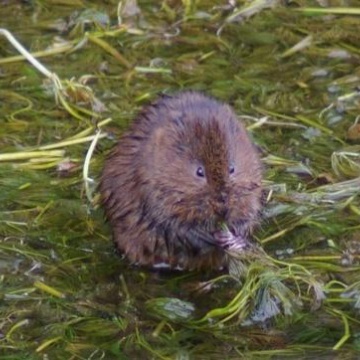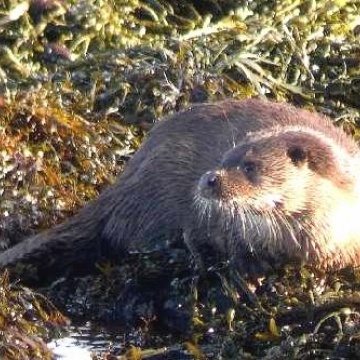Otter and Water Vole Surveys
The optimum time to conduct Water Vole and Otter surveys is during the breeding season when they are at their most active. This occurs between late March and October in the north of England, with slight fluctuations in season length being linked to temperature and habitat quality.
In the case of Water Voles, the survey determines whether watercourses up to 500 m from the proposed development have any signs or evidence of Water Vole usage. This will take the form of a visual search for the presence of Water Voles and their signs. Specifically, the visual survey looks for:
- Actual sightings.
- Evidence of burrow entrance holes.
- Latrines and droppings.
- Remains of feeding stations.
- Runways through vegetation.
- Footprints.
Surveying for Otter signs involves a more systematic methodology, checking prominent habitat features such as islands, headlands and inlets. Within these areas, suitable features including rocks, logs, tussocks, swan nests etc. are investigated for signs of spraints, and bare wet ground for footprints. Specifically, the visual survey looks for:
- Actual sightings.
- Evidence of holts.
- Spraints.
- Evidence of feeding remains.
- Trails and footprints.
For both species, the report will present the survey results and offer a non-technical summary of the legal implications behind their presence or absence. Wold Ecology will recommend appropriate mitigation where required. Mitigation would be designed to aid a successful planning application and ensure that conservation measures, such as habitat creation and translocation, are in place to protect these vulnerable species.
Legislation
Water voles are protected when occupying places of shelter or protection under Schedule 5 of the Wildlife and Countryside Act 1981, (as amended) in respect of Section 9(4). As such it is illegal to intentionally destroy, damage or obstruct access to any structure or place that water vole use for shelter/protection, or to disturb water voles whilst using such a place. From 2008 an amendment to the act provided complete protection, i.e. protection for the species as well as its habitat.
Otters are protected under EC Directive (92/43/EEC). This is implemented in Britain under the Habitats and Species Regulations 2010. Under this legislation it is an offence to damage or destroy an otter's place of shelter, whether intentionally or accidentally and to deliberately disturb an otter. Under the Wildlife and Countryside Act 1981 (as amended) it is a criminal offence to ‘intentionally’ kill, injure or take an otter without a licence. It is also illegal to damage, destroy or obstruct access to a place used for shelter or protection.




